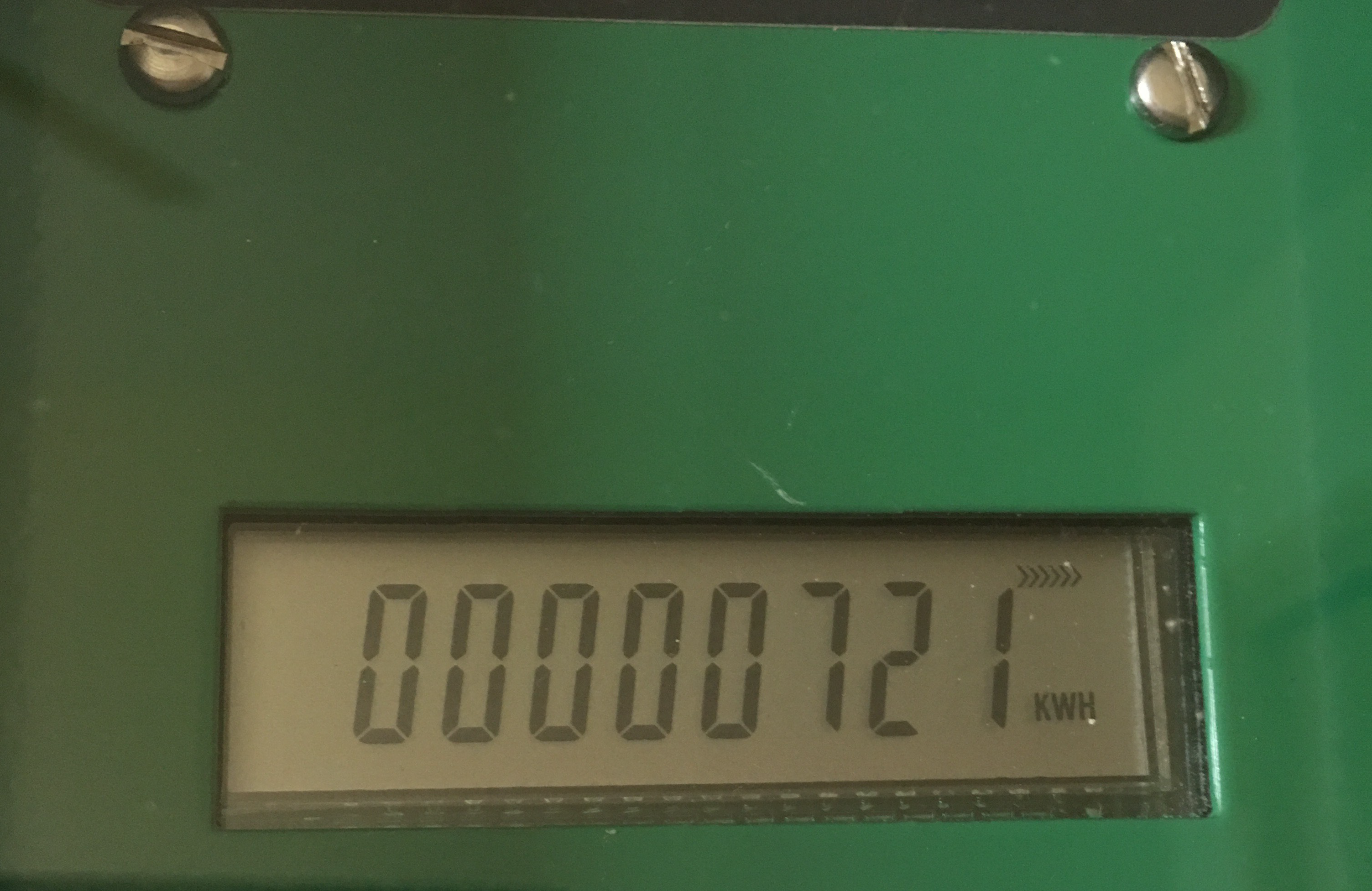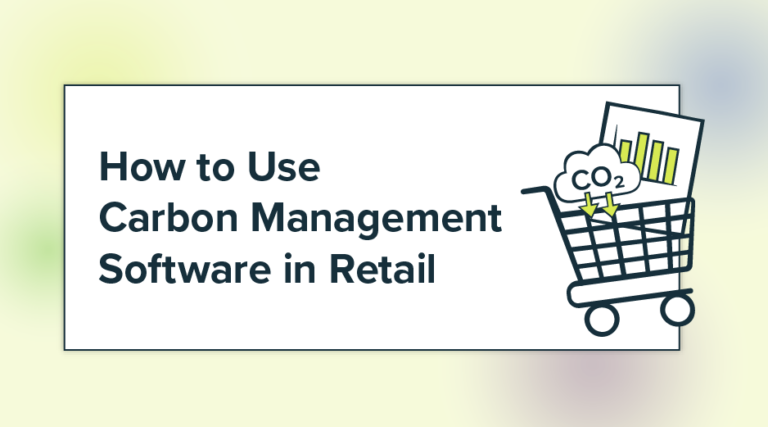 When I saw the green energy monitoring panel on the wall of my hotel room, I couldn’t believe my eyes. An energy monitoring panel here? I’d never seen anything like this! The building’s designers must have had some sustainability goal in mind, but drawing on my forty years of experience producing energy tracking software, all I could think was this is so…wrong!
When I saw the green energy monitoring panel on the wall of my hotel room, I couldn’t believe my eyes. An energy monitoring panel here? I’d never seen anything like this! The building’s designers must have had some sustainability goal in mind, but drawing on my forty years of experience producing energy tracking software, all I could think was this is so…wrong!
The Good
I was standing in my guest room at an award-winning inn perched on a wooded hillside high above a beautiful lake. Just moments ago during check-in I had noticed plaques in the lobby proudly displaying the Inn’s Gold LEED rating and various other green awards and initiatives.
The building’s features included:
- a rainwater harvesting system
- solar thermal hot water
- extensive use of recycled building materials
- the most energy-efficient equipment available
The inn certainly deserved all of the “green” recognition it had received.
Running … Amok?
But as I gazed at the electric meter neatly framed out and recessed in the wall—a subtle cross between clever environmental artwork and mechanical room functionality—the thought that came to mind was green run amok.
Don’t get me wrong—I’m a strong supporter of energy tracking and reporting. I run a company that does just that. Since 1982, thousands of large organizations have tracked over $50 billion of energy consumption using our EnergyCAP software and predecessors. Our cost avoidance reports have documented in excess of $4 billion of energy and water cost savings. EnergyCAP has won five national Energy Star awards and is an Energy Manager Today and Environmental Leader Product of the Year. Our mission is to help clients derive value from utility bills and energy information. So why am I so bent out of shape by an electric meter in a hotel room?
The Math
It’s a simple matter of cost/benefit or, put another way, “eyewash” vs. actionable energy information. Any investment in energy information must be evaluated in light of the potential benefits.
Can the hotel room monitoring panel stand up to such scrutiny? First, what’s the cost? As a professional, I estimate that the 3 phase Class 2000 KWH meter itself runs at least $500 (assuming a bulk purchase discount). The extra wiring, framing and installation probably added another $1,000, so let’s estimate $1,500 extra expense per room.
The Problem
Next, what’s the benefit? The only value of the meter is to provide a visible reminder to guests to be aware of electricity usage. I asked several guests later that day to comment on the meter in their rooms, and wasn’t surprised to hear that not a single other person had even noticed it. Even if they had noticed it, what could it tell them?
To even understand your energy usage, you would have to record the starting meter reading immediately upon check-in and then monitor it and do the math periodically during your stay to calculate energy usage. The impact of being conscientious and turning off a 9-watt LED bulb, or even a 60-watt incandescent, is indiscernible.
In other words, the investment of perhaps $50,000 in electrical meters may have gained the builder a few “Gold” rating points. But in terms of achieving any conceivable sustainability goal, the money spent was almost certainly a total waste. In fact, when considering the environmental impact of related manufacturing processes for the electronic equipment and use of additional wiring and framing, the actual life cycle effect on the environment will probably be negative, not positive. A greener and more cost-effective investment would have been in more LEDs and occupancy sensors for lighting and HVAC.
The Takeaway
The takeaway here is that even a project that looks and sounds green can have a net negative environmental impact. When investing in energy information, always start with the value proposition. What value will this project bring? What problems am I trying to solve? Energy tracking and monitoring equipment does not save energy, it provides information to decision makers. Only when that information becomes actionable can savings result. Every feature that we add to our EnergyCAP software—every report, chart, audit, and interface—is considered in the cold clear light of its real-world value for our clients.
 Best-in-class portfolio-level energy and utility bill data management and reporting.
Best-in-class portfolio-level energy and utility bill data management and reporting.
 Real-time energy and sustainability analytics for high-performance, net-zero buildings.
Real-time energy and sustainability analytics for high-performance, net-zero buildings.
 A holistic view of financial-grade scope 1, 2, and 3 carbon emissions data across your entire business.
A holistic view of financial-grade scope 1, 2, and 3 carbon emissions data across your entire business.
 Energy and sustainability benchmarking compliance software designed for utilities.
Energy and sustainability benchmarking compliance software designed for utilities.
 When I saw the green energy monitoring panel on the wall of my hotel room, I couldn’t believe my eyes. An energy monitoring panel here? I’d never seen anything like this! The building’s designers must have had some sustainability goal in mind, but drawing on my forty years of experience producing energy tracking software, all I could think was this is so…wrong!
When I saw the green energy monitoring panel on the wall of my hotel room, I couldn’t believe my eyes. An energy monitoring panel here? I’d never seen anything like this! The building’s designers must have had some sustainability goal in mind, but drawing on my forty years of experience producing energy tracking software, all I could think was this is so…wrong!

